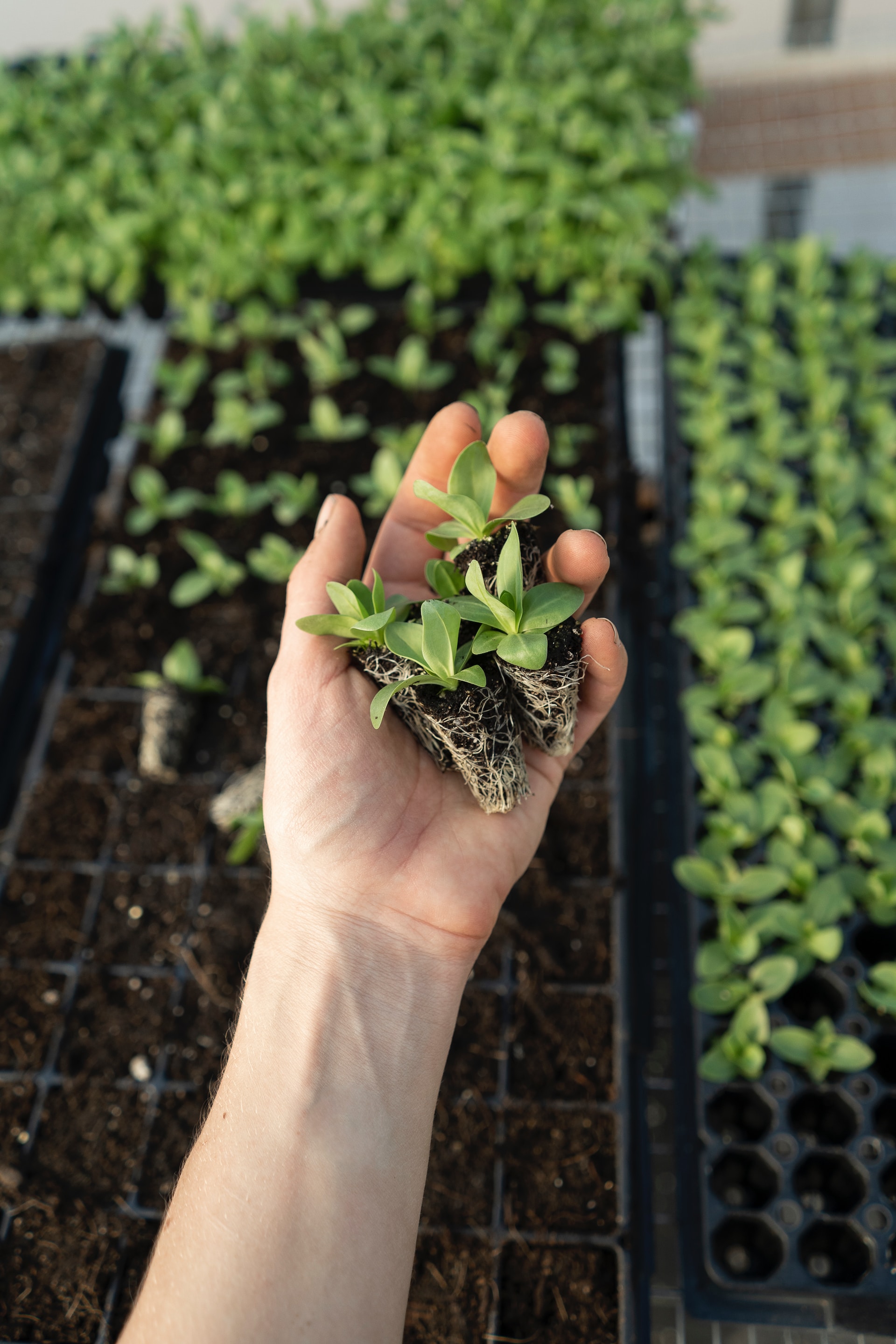The Essentials of Smart Tech Integration for Urban Microgreenhouses
As urban farming trends accelerate, a crucial requirement emerges: precise and efficient technology. Enter the realm of smart tech for microgreenhouses; a revolutionary approach to managing urban spaces limited by size and energy resources. Taking a leaf from the book of Netherlands’ farming marvels, where precision farming drastically optimized crop yields as per this recent investigation, we can integrate smart technology to fulfill unique demands specific to urban microgreenhouses.
True to its name, smart technology operates based on automation, ensuring critical parameters like temperature, soil moisture, humidity, and light are controlled effectively for optimum yield. Notably, the compact nature of smart devices perfectly fits the size constraints of microgreenhouses without compromising functionality.
Advances in Agriculture: Smart Tech Tools Available for MicroGreenhouses
Technological tools have become an integral element within any thriving microgreenhouse. Available in multiple forms, these smart tools tailor their functioning to the unique requirements of the microenvironment. A quintessential example of tech brilliance lies within environmental control systems.
These systems adeptly moderate all necessary conditions within a microgreenhouse. Further, advancements in hydroponic systems enable soilless farmingan innovative and space-efficient method for urban greenspaces. Here, crops are watered utilizing nutrient-enriched solutions, fostering faster growth and yielding excellent results.
Last but not least, LED growing lights optimized for precise wavelengths significantly improve plant health and growth. Each of these tools, discussed in detail in this informative paper, contributes extensively towards successful and efficient urban agriculture.
Benefits of Smart Tech: More than Just Space and Energy Efficiency
Albeit the more apparent benefits of space-saving and energy efficiency attributes, smart tech offers myriad other advantages. Automation and precision control often translate to robust plant health by creating an optimal growing environment. Additionally, automated systems reduce the risk of human error, boosting productivity and resulting in increased yield.
Moreover, smart tech becomes a cost-effective solution in the long run, reducing water usage, minimizing the need for fertilizers, and virtually eliminating the use of pesticidesa definitive win for both your pocket and the environment.
Practical Steps in Adopting Smart Tech for Urban MicroGreenhouses
Just like planting a seed, integrating smart tech into microgreenhouses begins with a careful budget consideration and planning. After identifying suitable smart tools, navigate towards installation, keeping in mind the available space and specific requirements of the crops.
Given that technology isnt infallible, a degree of troubleshooting knowledge will prove beneficial. Fortunately, many smart tech tools come with comprehensive user manuals and online support so breathe, adopt, and watch your urban microgreenhouse thrive.
Next-Gen Urban Microgreenhouses: The Intersection of Smart Tech and Sustainability
Today, smart tech is not just an option but an indispensable part of the modern urban agriculture landscape. As noted in a recent analysis, smart greenhouses are potentially the future of urban sustainabilitya fine blend of smart technology and green initiatives, together optimizing resources for high-yield farming.
As smart tech continues to evolve, we can look forward to more refined, autonomous, and eco-friendly microgreenhouses, literally sowing the seeds for a green future in urban landscapes across America.

